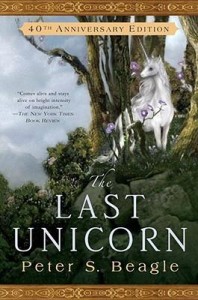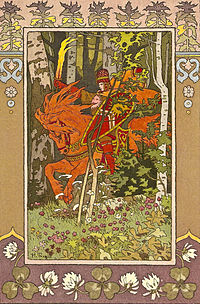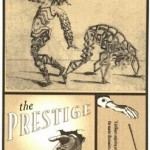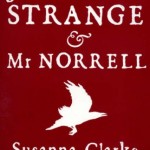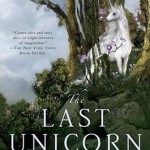Last week Looseleaf’s Kristy S. Gilbert was an editing special guest at the Life, the Universe, and Everything Symposium, and we’re going to post a few snippets from her panels. Today’s bit is from the panel “I Sense Something: Adding the Senses.” Excerpts are lightly edited for clarity (and some parts are summarized).
Stephen Gashler: Some sensory details we can readily identify with, like the color of a sunset—the pinks and the oranges—or maybe the barking dog in the distances. Some things are harder to describe, specifically the tasting and the smelling and feeling sensations. Given that some of these are overlooked what are some tips you have for describing some of these harder-to-describe sensations?
Michaelbrent Collings pulled out some tough love, pointing out that just because it’s hard doesn’t mean it isn’t important to your writing or worth the effort to learn. He also noted that you can use other sensory descriptions. Saying “the orange tasted bright and clean” uses some visual descriptions, but it describes flavor.
Kristy S. Gilbert: Along those lines, I also think—it’s not necessarily that you have to get the other person to know exactly what you’re talking about. Like when you say something is the pink of a sunset, it’s not so they know exactly what pink it is: it’s so you get the emotional note of a sunset into your scene. So I can say I went outside and the air smelled of dying worms—and that is the smell after a massive rainstorm, and all the worms come out, and they’re all dying, but I don’t need to spend a bunch of time being like, “Yeah, it’s that weird metallic smell/taste/thing you get after a long rainstorm.” I just have someone walk out, and the world is sopping wet and smells like dying worms. [Read more…] about Add Evocative Sensory Details to Your Scenes
